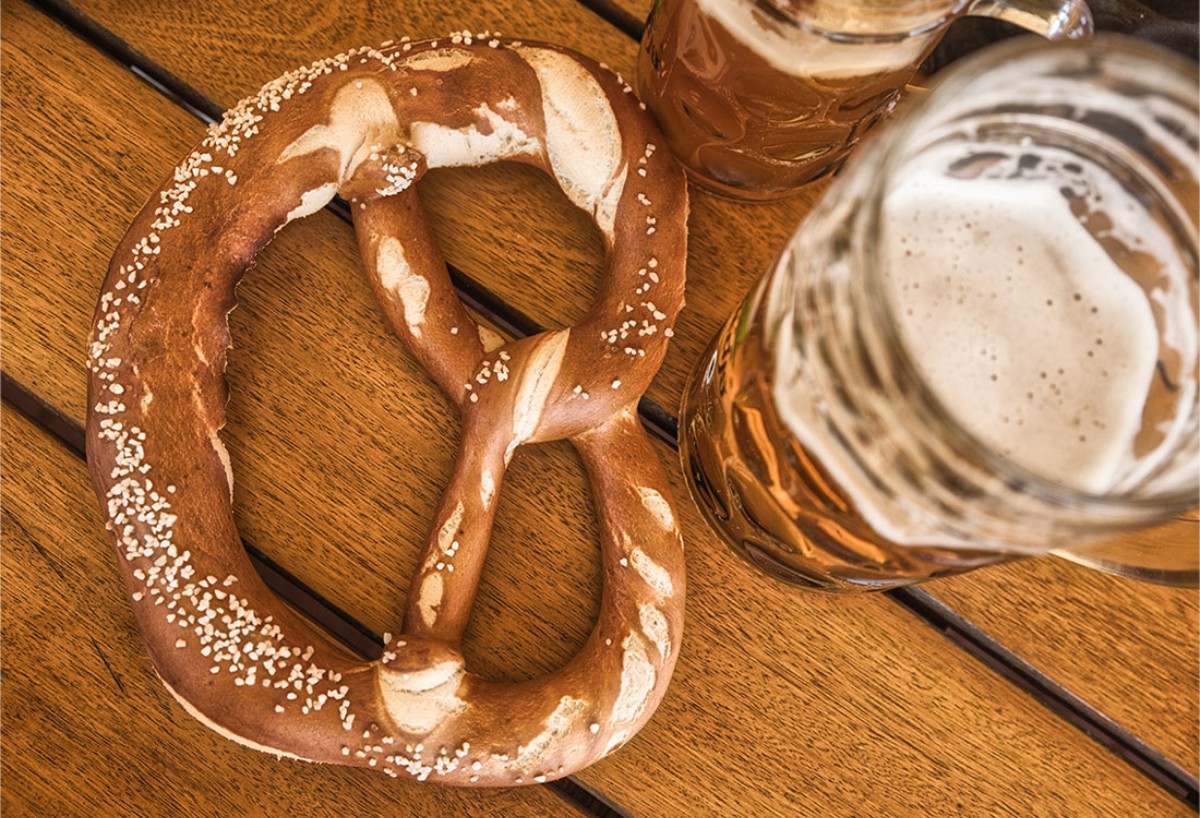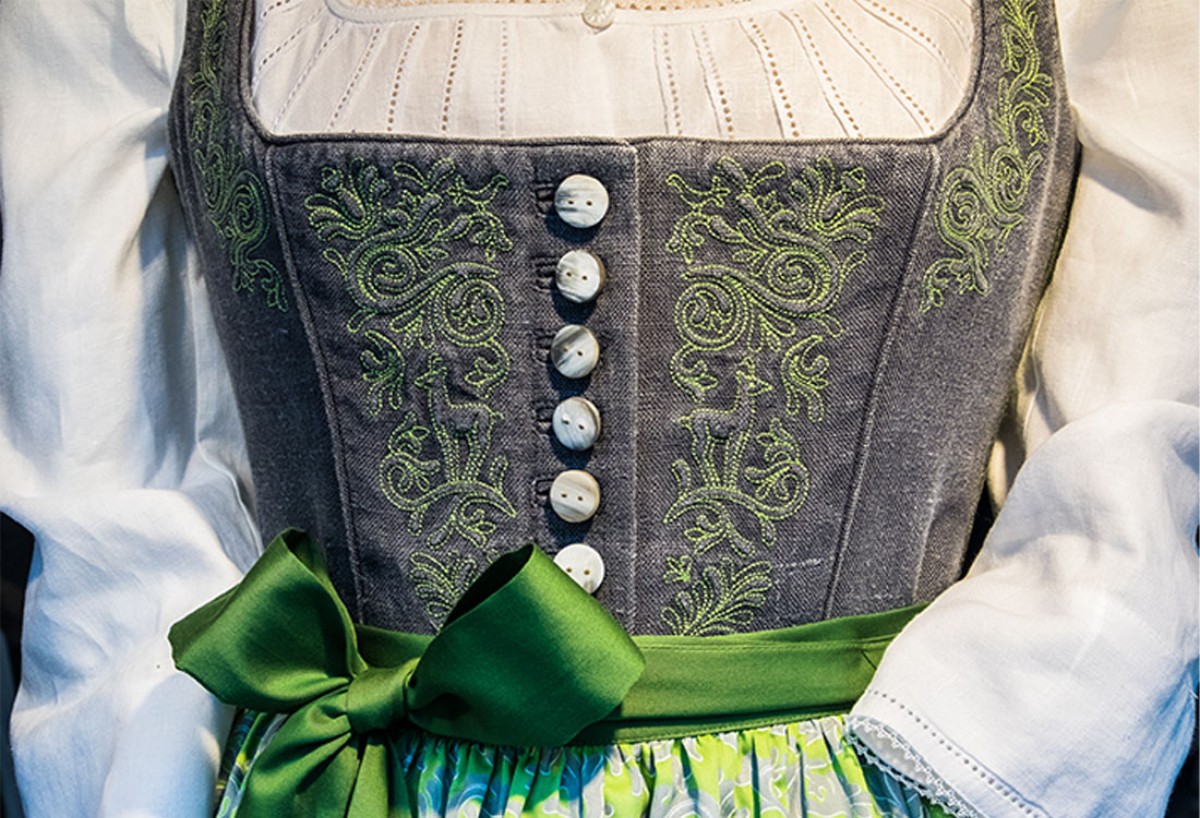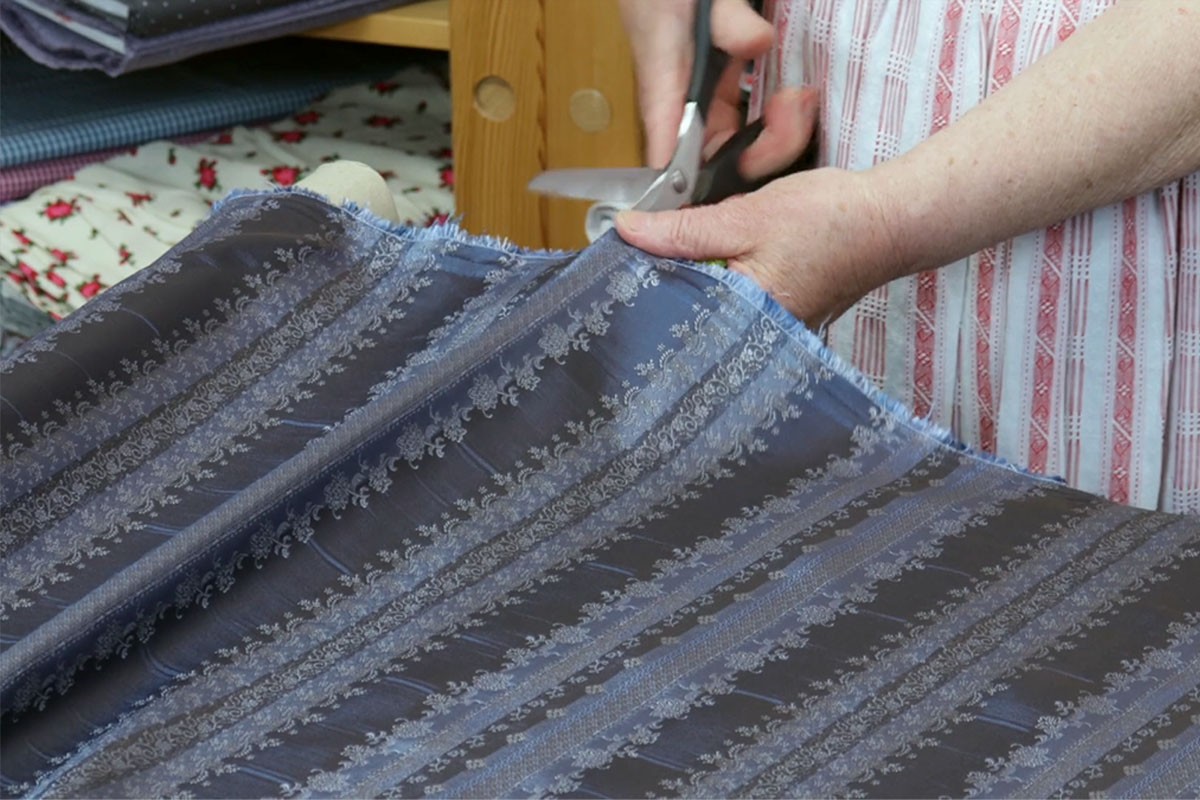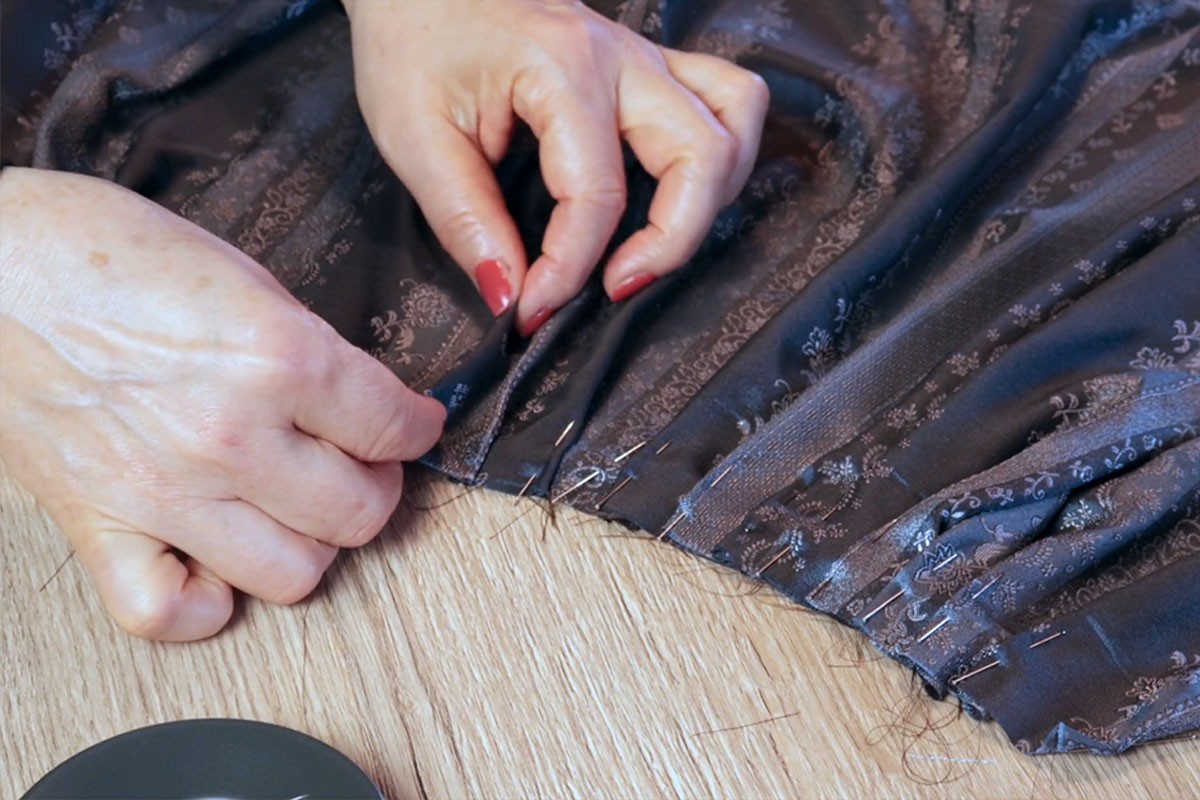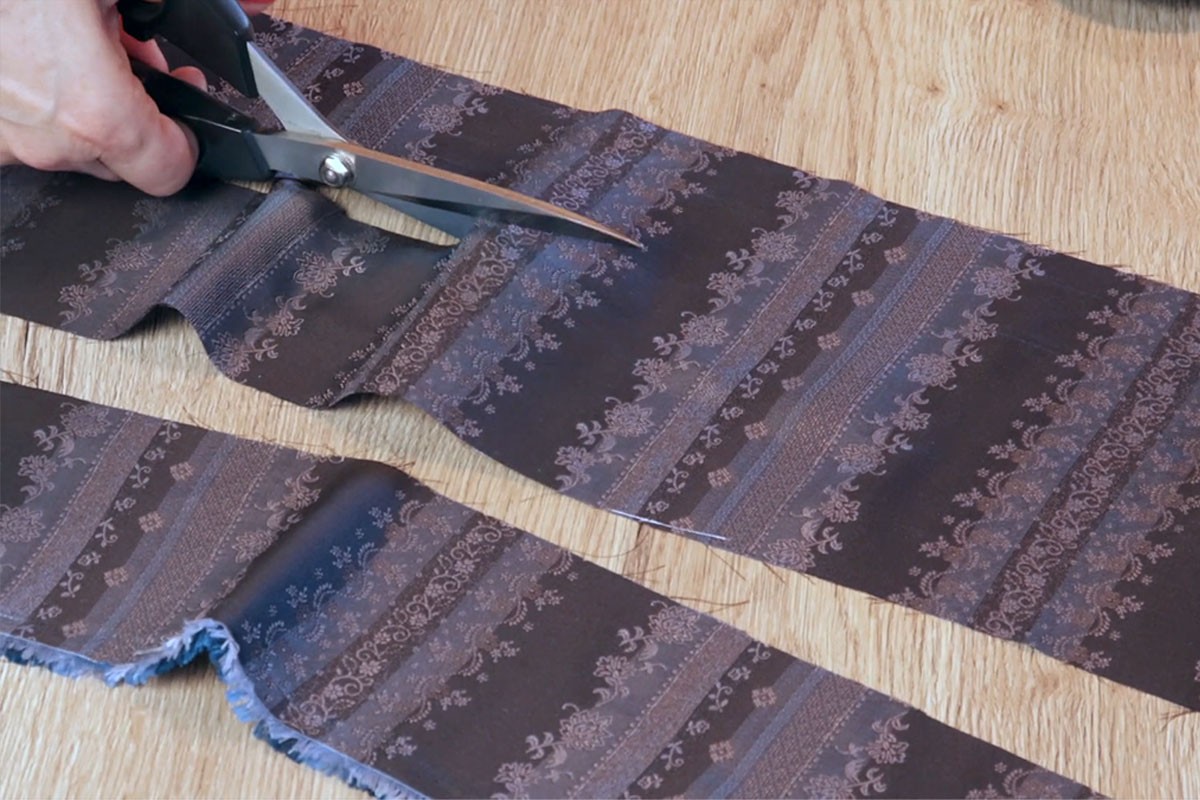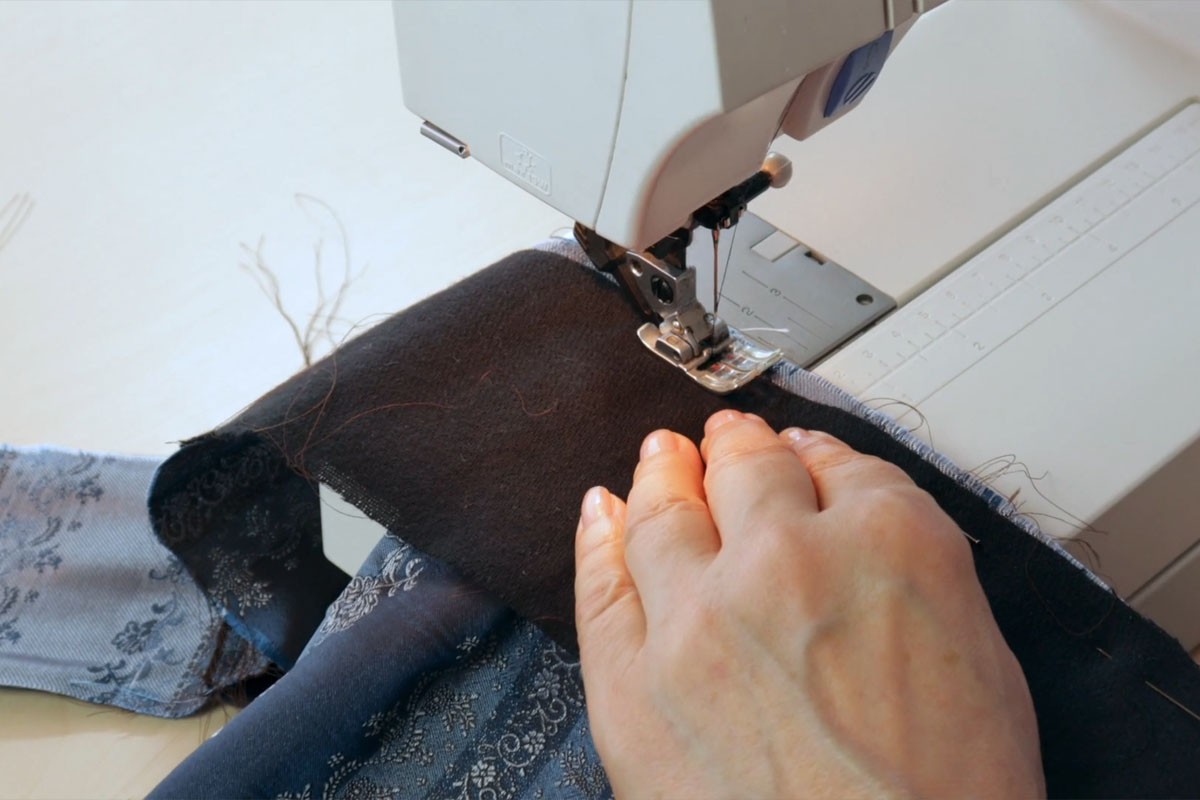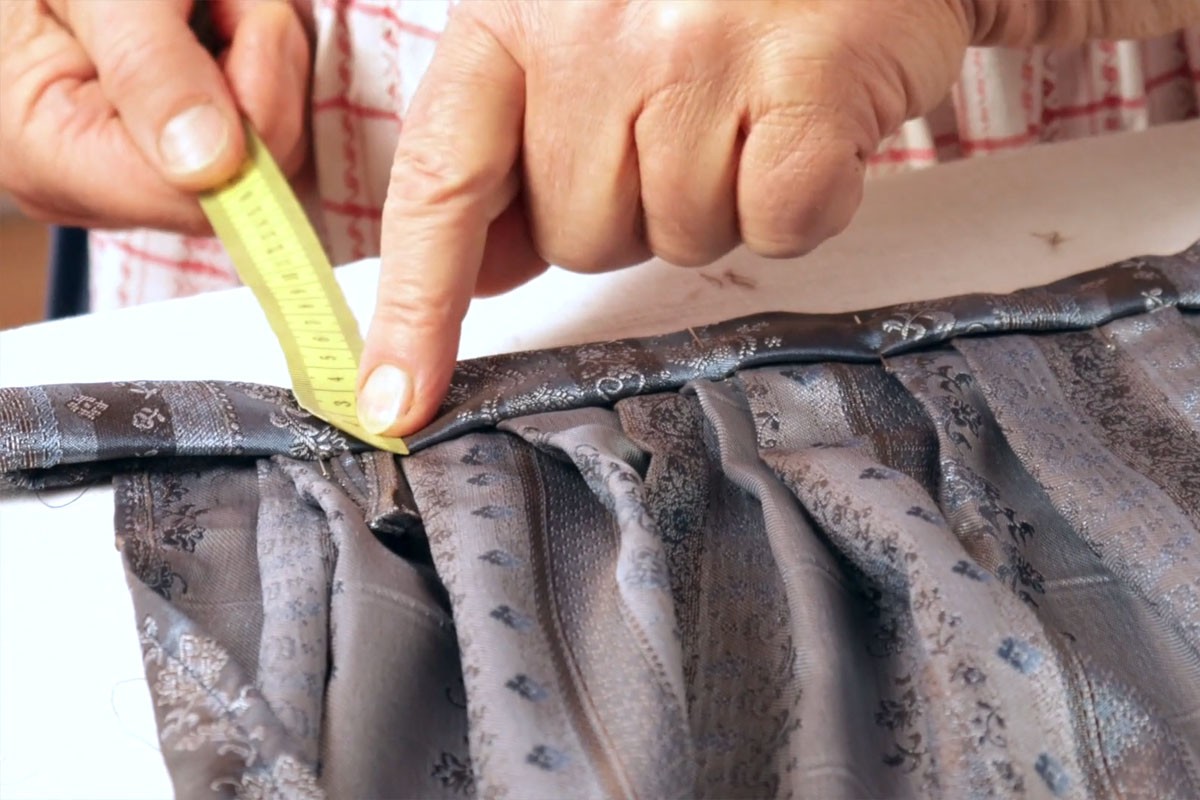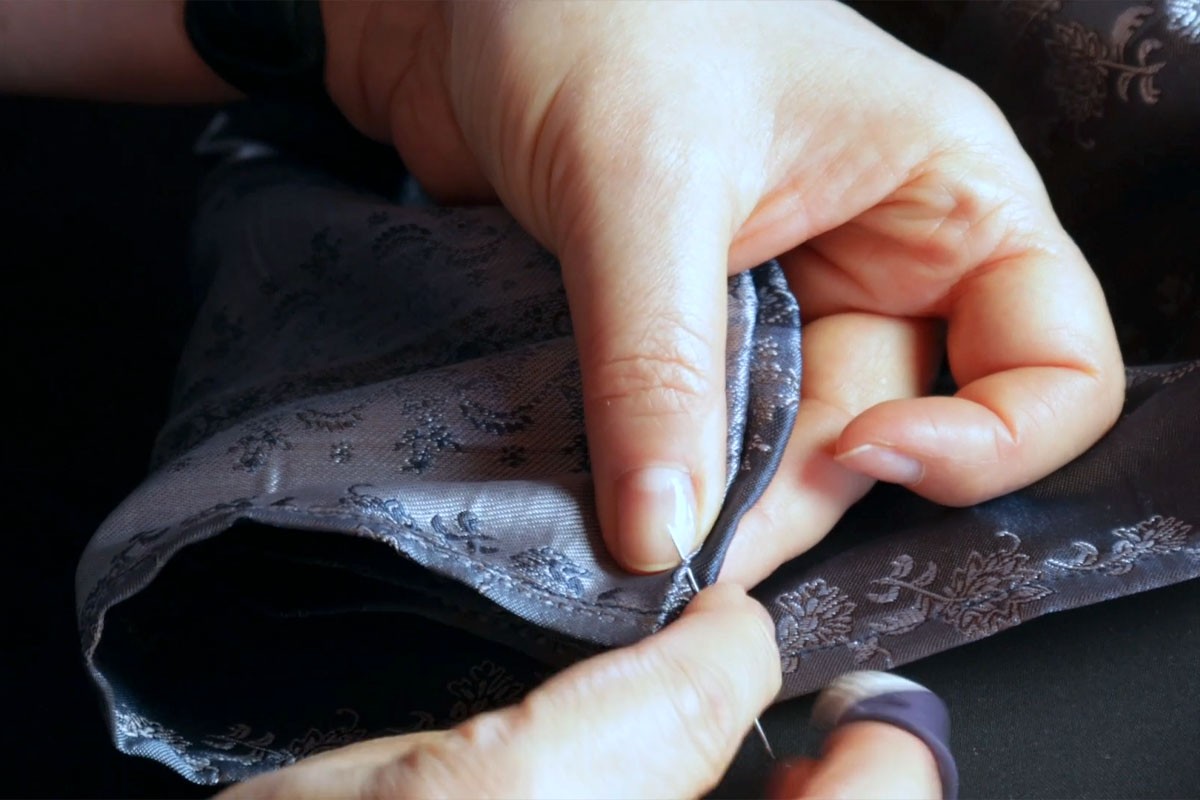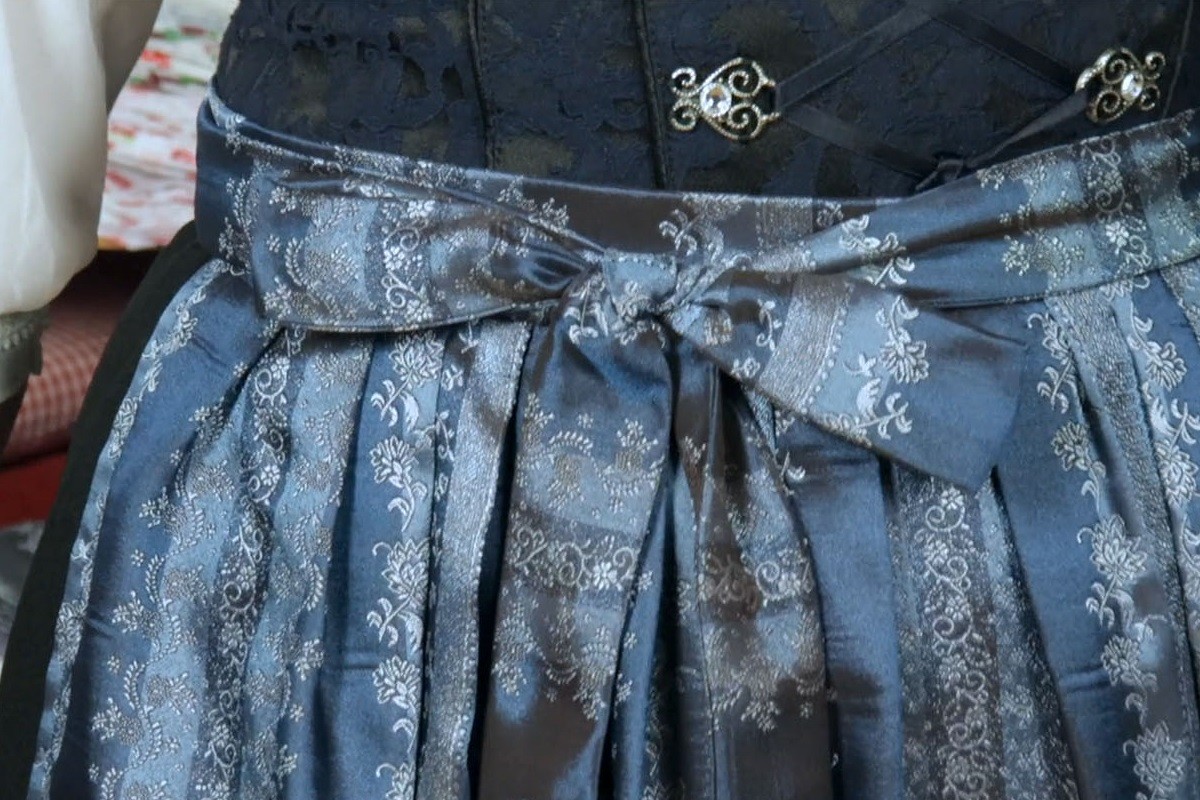
Make your own Dirndl – with Rosmarie Henke
“Cheers!” – For most of us, traditional German and Austrian dress automatically brings beer tankards, fresh pretzels and oompah music to mind. Of course, this is not surprising considering Munich’s folk festival is famous far beyond Bavaria’s borders and beloved by millions. However, we have spoken to Rosmarie Henke who has convinced us that Dirndl and Lederhosen (known as Trachtenmode in German) can – and should – be worn more than once a year thanks to their long-standing tradition and history.
#dirndlapron #traditionalfashion #folkfestival

Sew your own pleated Dirndl apron
For more than 25 years, the Trachtenmode maker from Aschau am Inn has been teaching the art of Dirndl sewing and the production of traditional Bavarian dress, a dream come true for many sewing enthusiasts. We, too, recently became aware of her online sewing courses and would like to give you a sneak peek of what she has to offer with a sewing guide for a traditional apron.
Sewing a Dirndl apron is rather easy when you have already mastered the challenge of Dirndl sewing. However, some styles of Dirndl apron are very complicated to sew, says Rosmarie Henke. If you're not quite ready to take on a full Dirndl, a self-sewn apron is sure to be the perfect introduction to adding a unique, personal touch to your Dirndl.
In the past, the Dirndl apron was used as protection for the Dirndl dress itself. If you were out collecting apples, mushrooms or wood, you could lift the bottom two corners, enabling you to transport your items. It was also handy for quickly wiping your hands clean on the skirt of the apron. In German, aprons also used to be known as a "Vortuch", meaning a cloth or towel for your front. Today, it’s more than just a functional piece of fabric. Instead, it is the Dirndl apron that underlines the beauty of the Dirndl. It is simply the icing on the cake of the Dirndl and is essential to every Dirndl or bodiced skirt.
Choosing the right fabrics
If you are sewing an apron for a cotton Dirndl, then cotton fabrics are the best choice. If the Dirndl is fancier, aprons made of silk, taffeta or a polyester blend will be a great fit. In any case, the fabric should be a color match for the color of your Dirndl. For example, you can pick out a color from the pattern on the Dirdl for the fabric on your apron.
- Household sewing machine
- SCHMETZ Universal Needle
- Iron and (sleeve) ironing board
- Tape measure
- Hand gauge
- Tailor's chalk
- Fabric scissors
- Pins
- Interfacing (Vlieseline) for the waistband, approx. 9 cm x 90 cm
- Thread to match your fabric
- Optional: Decorative trim
- Fabric of your choice
The exact size depends on the skirt length
Example: The Dirndl skirt is 80 cm long
Required fabric length: 78 cm apron length + 10 cm hem = 88 cm, rounded up to 90 cm
Fabric width: 150 cm
Time to get sewing! Sewing instructions
For a really beautiful look, the finished Dirndl apron should be 2 to 3 cm shorter than the Dirndl skirt at the end.
When cutting the Dirndl apron, it is also important to pay close attention to the grain and pattern on the fabric. Flowers, for example, should always point upwards.
“The apron is the most eye-catching part of a Dirndl.”
Rosmarie Henke also has a free video course on how to sew a Dirndl apron. You can find further information on the courses offered by Rosmarie Henke here .



